Juvenile criminals are typically placed in reform institutions, where a team of psychologists and educators investigates their behaviour and home environment in an attempt to straighten the crooked tree. Some succeed, and the teenagers grow into adults, leaving behind a troubled history. Others, including S., do not.
The road that led him deeper into the criminal underground began on the day he decided to flee a juvenile correctional facility in Belgium. At the age of 17, having tasted freedom again, he was given a task that would purportedly propel him many rungs up the criminal hierarchy.
National Police officials were able to reconstruct every step of the gruesome scheme in a highly sophisticated international investigation. However, they are still trying to figure out what S. was offered in exchange for executing the order. The police have learnt from experience that such occupations are advertised on secret Telegram groups.
S. boarded an aeroplane on December 7th, 2024. He flew flight from Eindhoven in the afternoon and arrived at Malaga Airport a few hours before the incident occurred. According to the authorities, he was picked up by a young Dutchman (named C.) who had been engaged as a guide on the ground.
They travelled to Fuengirola, where the target was found in a cannabis club a few metres from the promenade. They then travelled to a motel, where S. was waiting for his weapon, a fresh and clean assault rifle similar to those used by the US Army.
Although it has not been verified, police believe it was obtained on the underground market, most likely during the Ukrainian war. The subject of how it got to the hotel has also been addressed. It was smuggled into Spain by three young, attractive girls who travelled by automobile from Paris to avoid suspicion. They were in charge of all logistics, including transporting the weapon.
The authorities believe that the perpetrator of the crime, the hooded teenager who appeared at the cannabis club’s door on the night of December 7th carrying the weapon, was S.
The kid is said to have taken advantage of a claimed customer departing to obtain access to the facility. According to the police reconstruction, the victim recognised he was hooded and holding a firearm, so he hurriedly closed the door. The attacker kicked him and even fired a few shots, but he was unable to get inside.
The victim returned to the business, where people began shouting and looking for an exit. They even tore some awnings in an attempt to get into Calle Asturias, but they ended up in a death trap.
The hitman decided to proceed with the plan. According to accounts, he circled the building seeking for his victim. Around the corner, he gunned down a young Dutchman who was the first to emerge onto the street.
Investigators were able to reconstruct the murder using security cameras from the club. When the alleged customer, who had opened the door, saw a hooded man armed with a weapon, he did not appear to react. The police suspected he was the bait. We’ll name him G.
Following the murder, the offender placed the gun beneath a car and fled on a bicycle. According to the investigation, he later abandoned the bike and continued on foot before taking a taxi. He then entered a pub and waited until the next morning.
His associates began looking for him the next day. The three – the minor (S.), the accomplice (C.), and the bait (G.) – went shopping, bought bottles of whisky, and attended a party at a coastal hotel.
Only 48 hours after the crime, the adolescent fled Spain with C. They proceeded by bus from Malaga to Paris and then to the Netherlands.
G. had reportedly begun to make plans to escape the country, but it took the police less than four days to locate and arrest him in Torremolinos.
The second part of the investigation
By then, the authorities had determined that C. was the crime’s organiser in Spain. However, they learnt that he was receiving orders from another person, a young manof Dutch nationality (O.). O. was the brains behind the operation.
When C. was recognised, he was already in the Netherlands, so Spanish authorities requested international collaboration.
Three weeks later, around Christmas, another murder occurred in Amsterdam. The Dutch police linked C. to the crime and even intercepted a communication that suggested that the man killed in Fuengirola was not the intended victim. “Don’t make the same mistake as in Spain,” O was telling C.
Later, Dutch officials discovered C.’s hiding. The raid occurred in the early hours of the morning. While they were organising an operation to apprehend him for his crimes in Amsterdam and Fuengirola, C. allegedly came out of the house and began firing at the police.
One of the officers was shot three times in the chest, but the bullets only struck his bulletproof vest. C. was also shot, and when he went to the ground, his brother, who had been in the hiding with him, grabbed up the gun and resumed shooting. A stray gunshot gravely injured a woman who was in the neighbourhood. The young man was ultimately arrested.
The two investigations eventually resulted to O.’s arrest and imprisonment in the Netherlands. The three young women in charge of transportation and accommodations were also arrested.

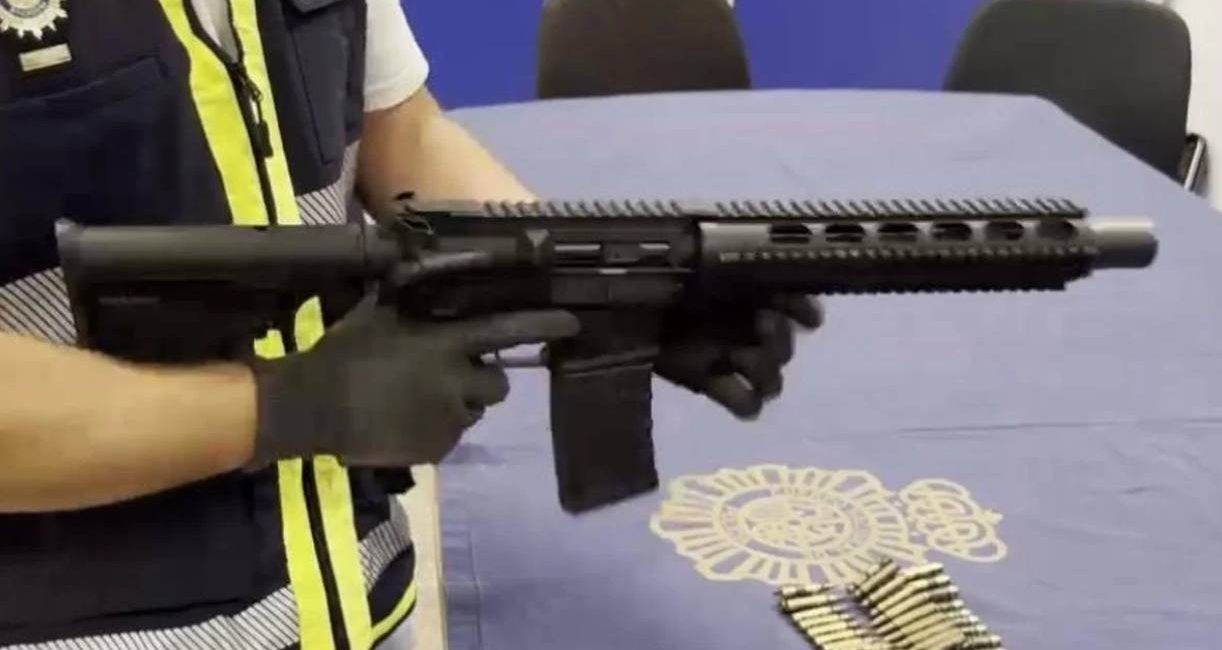

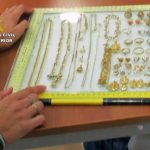

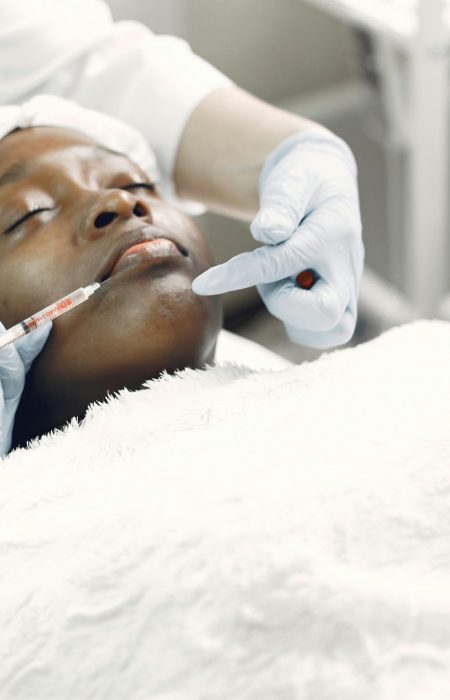
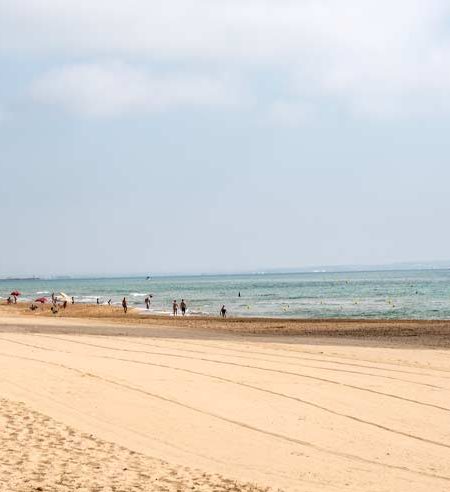
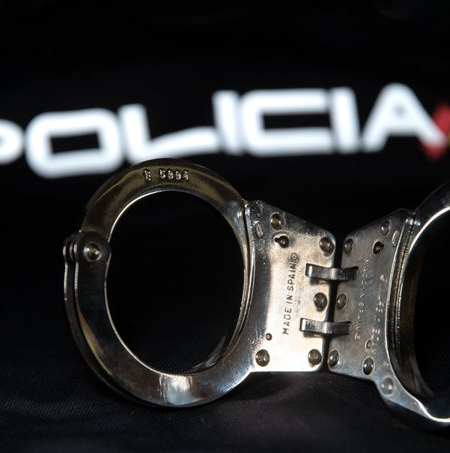
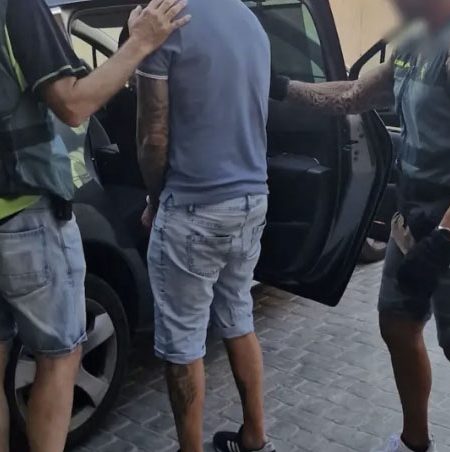
No Comment! Be the first one.